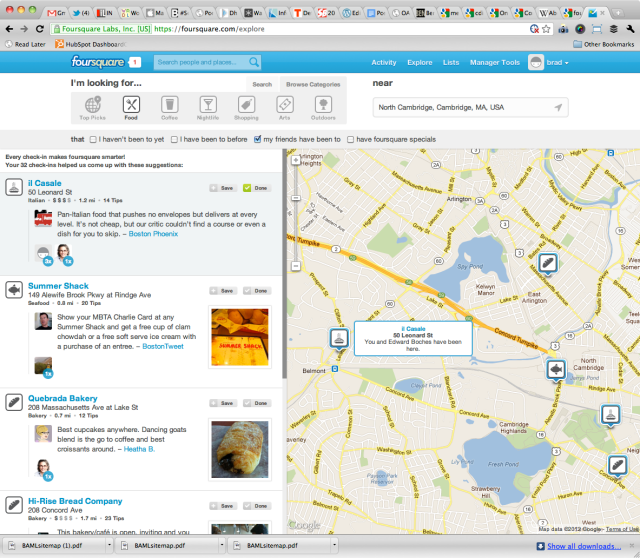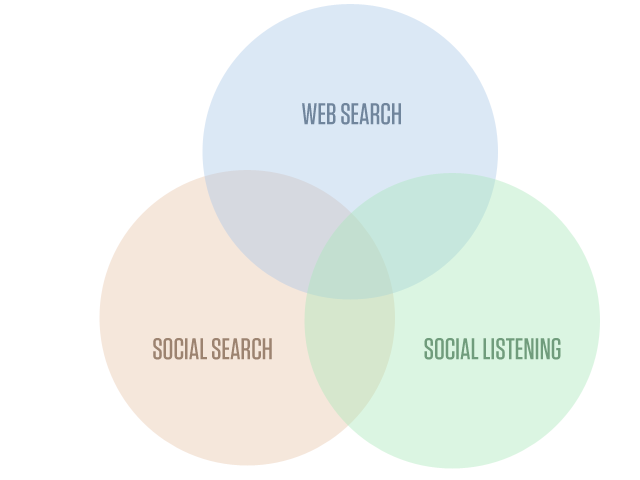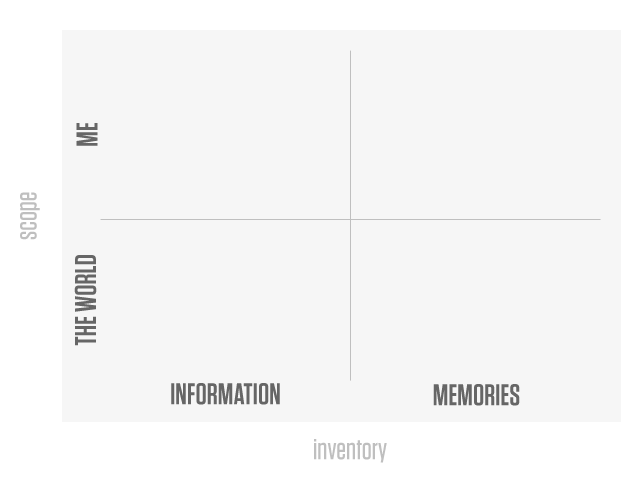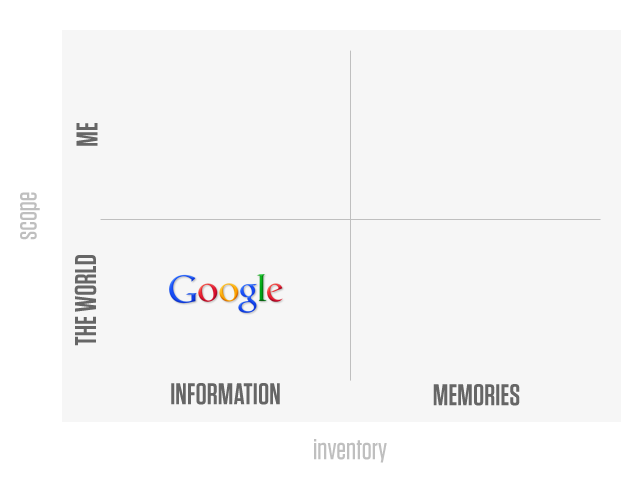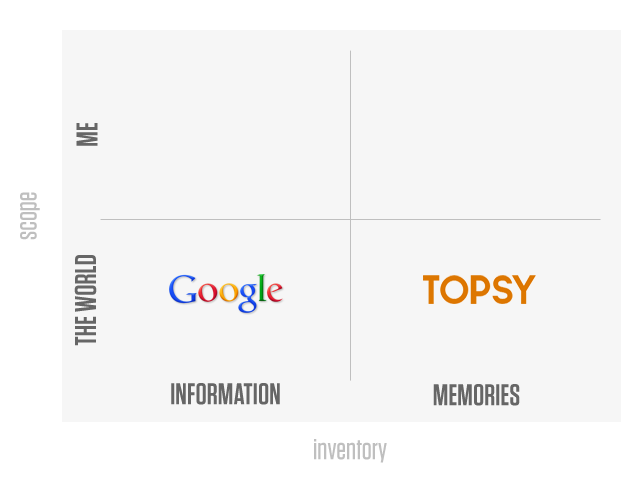 When I tell people—VCs included—that we made a social search tool for Twitter, I get a lot of head scratching. People say, “Sounds interesting, but I don’t do a lot of social search.” Hey, I get it. It’s true for just about everyone. The newness of social search—and the lack of clarity around search paradigms—has muddied our sense of what it is, and its potential.
When I tell people—VCs included—that we made a social search tool for Twitter, I get a lot of head scratching. People say, “Sounds interesting, but I don’t do a lot of social search.” Hey, I get it. It’s true for just about everyone. The newness of social search—and the lack of clarity around search paradigms—has muddied our sense of what it is, and its potential.
My bet is that we’re going to do a lot more of it soon.
If I do my job, by the time we reach the bottom of this post, social search will have a place at the table with the interest graph and purchase intent, distant though they may now appear.
There is no fold
Before we rush to the end, let’s pause for a minute and take a look at the fold. As I’m sure you know, the fold comes from newspaper design, and its definition is literally what it implies—it’s where the newspaper is folded before it gets stacked on the rack at the local bodega. It’s important because what’s above the fold sells newspapers much like what’s on a cover sells magazines. It’s also a place for expensive ads.
A look at the fold:
 Figure 1. At a screen resolution of 1024 x 768, the bottom of the browser—otherwise known as the fold—divides the home page of the New York Times
Figure 1. At a screen resolution of 1024 x 768, the bottom of the browser—otherwise known as the fold—divides the home page of the New York Times
For as long as the Web is old, the fold has confounded Web site designers. Talk to any who’ve been around awhile and they’ll roll their eyes and then launch into stories about clients or bosses who lived and died by the fold and who forced unsatisfying or truly awful design compromises to account for the fold.
Fear drove this insanity. A fear that users would never scroll and therefore never see this content below the fold. This content—these About Us links and photos and ads, etc— would not be findable, invisible and all-but-worthless.
The good news as it relates to Web design is that the mania surrounding the fold has abated of late. While it’s safe to say that things at the top of the page are still what’s most important (ie, emphasized), the scrollbar is no longer a thing to fear; it has evolved into a feature todesign for. So we’ve made progress in regard to Web design; but we users still consider the fold as a meaningful divide in our social streams, as if it separates good from bad. More relevant from less relevant.
Like these social streams are newspapers.
We carry this notion around with us because Facebook and Twitter have borrowed from the design of the news. They also happen to have made what’s come before all-but-impossible to recall. As if now matters most, and everything before now is gone. Invisible.
Irrelevant.
Like this:
 Figure 2. A look at how the fold divides the stream of Tweets on Twitter.com
Figure 2. A look at how the fold divides the stream of Tweets on Twitter.com
But here’s the thing. That’s crazy. It’s not like the stuff below the fold on my timeline has been put there by some world-class curator or editor, who’s digested everything and then determined based on business and/or user needs what should be above it or below it.
My timeline isn’t The New York Times.
There’s no digest. No edition. There’s no top, and no bottom. No first page. There’s no fold. There is only flow.
Attentive though I am and good though my memory is, most of this stuff lies not recalled, valuable though much of it is to me. Which is a shame, because a lot of this stuff matters to me. These bits are the things I want to know and use as I move forward in life and at work.
These countless bits I missed and would want to recall.
Figure 3. The best bits below the fold in my Twitter stream are no less valuable than what’s above it
Social search should bring this valuable stuff back from below the fold. It should connect us to the things we knew and know and want to know—these things that we have shared and have been shared with us. These things from the back of our minds.
E.g., Foursquare Explore
Lest this seem all-too-theoretical, take a look at what Foursquare has just done with their so-called Explore feature. If you haven’t been back to Foursquare in a while, now may be the time. No longer is just a place to check-in; it’s now a place to search and discover what’s good nearby.
Here’s a look at the desktop version. Nice, isn’t it?
Figure 4. A screenshot of Foursquare’s Explore social search results, of a search for Food near North Cambridge that my friends have been to.
This is social search, pulling valuable content from below the fold and putting it to work. In this case, to find a place to eat, and buy some food.
Our streams. None of us can keep up with them. And not even the brightest among us can remember everything we see, valuable as those things may be. Social search means that I don’t have to miss the best, most useful stuff just because I was sleeping. Or in a meeting. Just doing something else.
A better memory. Doesn’t it seem like it would be good for each and every one of us? And if it’s good for each and every one of us, it’s bound to be good for business.
What do you think?

